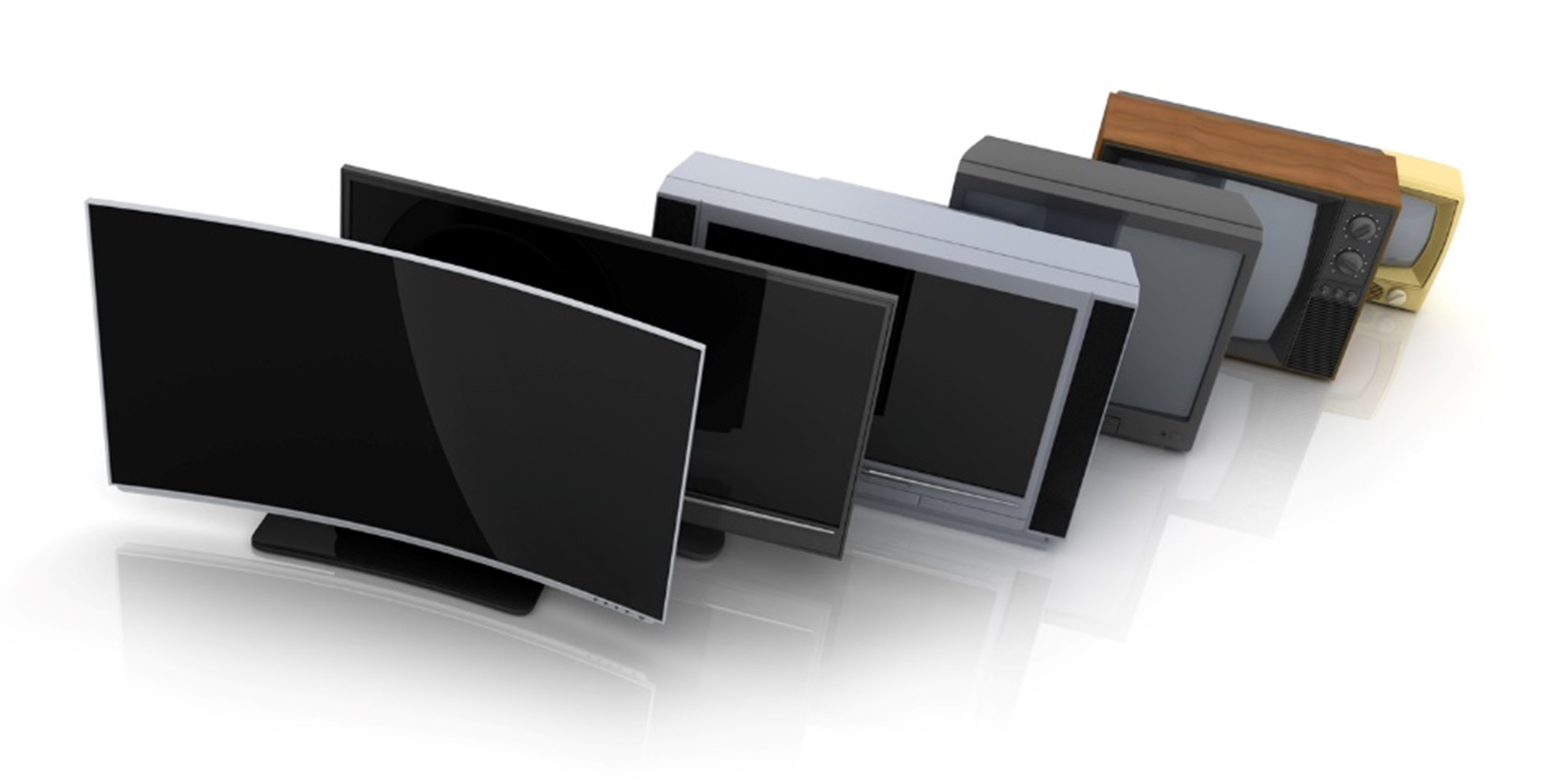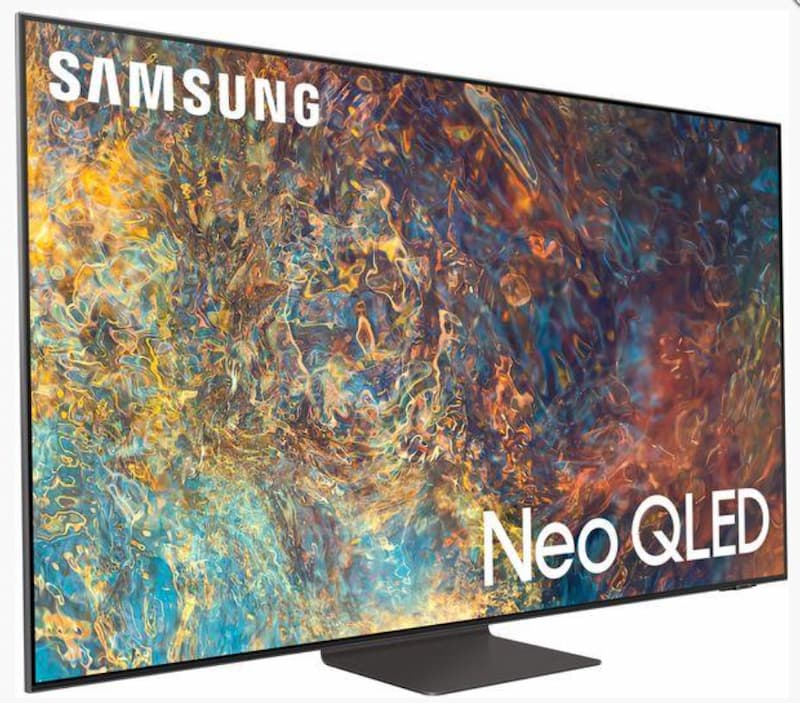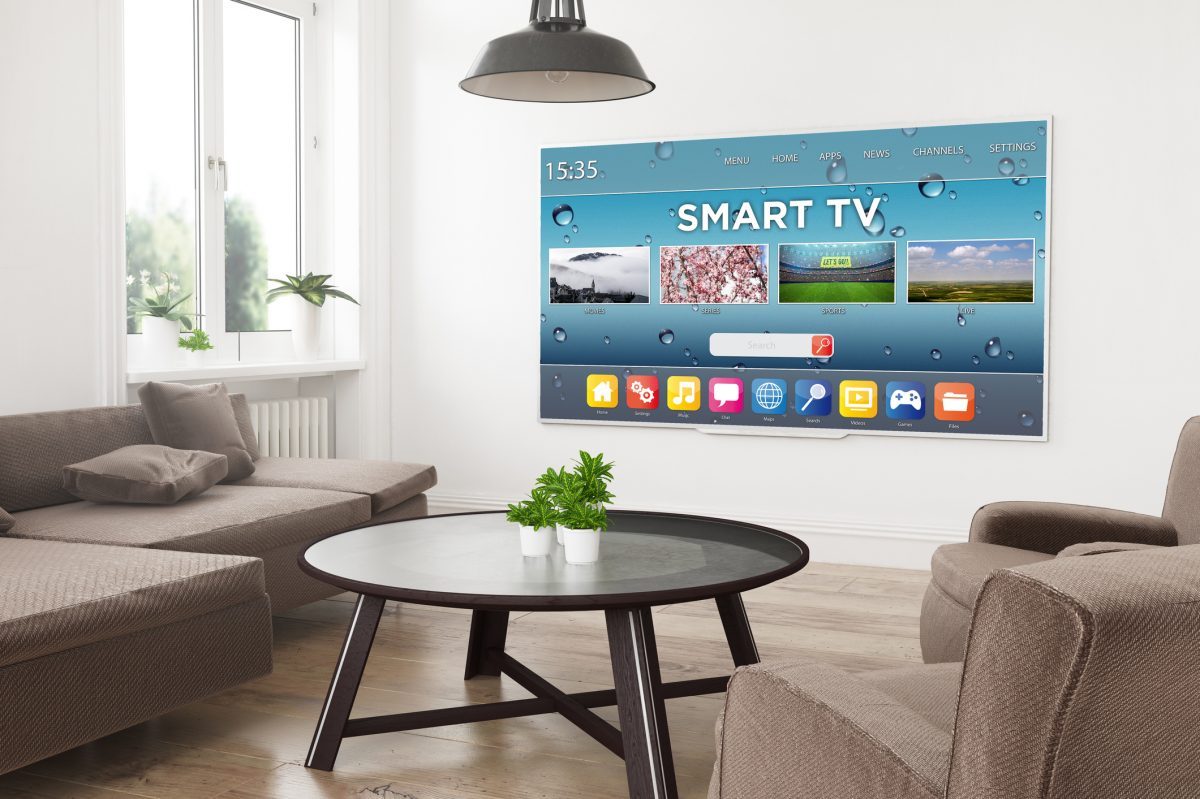When it comes to buying a television there’s a whole range of things to take into account: price, model, size, brand, type… the list goes on and on. By choosing the type of TV first some of these other factors may fall into place, however with so much choice it’s easy to get swamped and panic. There are three main types of television: LCD, LED, and plasma and there are pros and cons to each:
LCD TVs
LCD TVs are great for those who want to watch their energy use. They use little power and produce little heat and so are very efficient, lowering you bills. You can put them almost anywhere, including mounted on a wall and as they are thin they take up little space meaning that you have more living space. LCD TVs are very light which means they can be transported and mounted with ease and they are reasonably sturdy meaning that they will not break easily. Screens on LCD TVs are non-reflective which will heighten viewing enjoyment and there the light output does not degrade overtime meaning that picture quality remains high throughout the televisions lifetime.
However, LCD TVs have a response delay which causes fast motion to blur and their black levels and colour contrasts are not as strong as those of an LED or plasma television.
LED TVs
LED TVs are best for those who want the deepest blacks because they use LED lights for backlighting instead of the fluorescent CFL lighting that LCD TVs use. This means that they share many of the advantages listed above however LED televisions also have the benefits of higher colour contrast, the most realistic colours, darker blacks and brighter whites. However these additional advantages mean that they tend to be more expensive than LCD TVs.
Plasma TVs
Plasma televisions are the most recent of the three types. They are extremely thin and can be put almost anywhere meaning that they use minimal space. They produce a deep black level and use a variety of lighting with a variety of sources. Many plasma TVs can reproduce a movie in the correct shape meaning that you avoid the slightly squashed picture that you often get with other sets.
However, plasma TVs are heavy meaning that you must be careful if mounting them on a wall and make sure that the wall fixtures are correct. Additionally as they are made mostly of glass they are extremely fragile so can not be placed anywhere where they may be knocked or bumped into. Their screen can be reflective which will lower the quality of viewing and the light output degrades overtime due to phosphor wear causing the picture quality to listen. Plasma TVs use more power than either LCD or LED TVs meaning that energy bills will be higher.
So with so much to choose from buying a new TV can be much more challenging than it used to be. But with the constantly reducing cost of electronics we are now lucky enough to be able to pick the TV that suits our needs from a wide selection of TVs available at better value than ever before.







